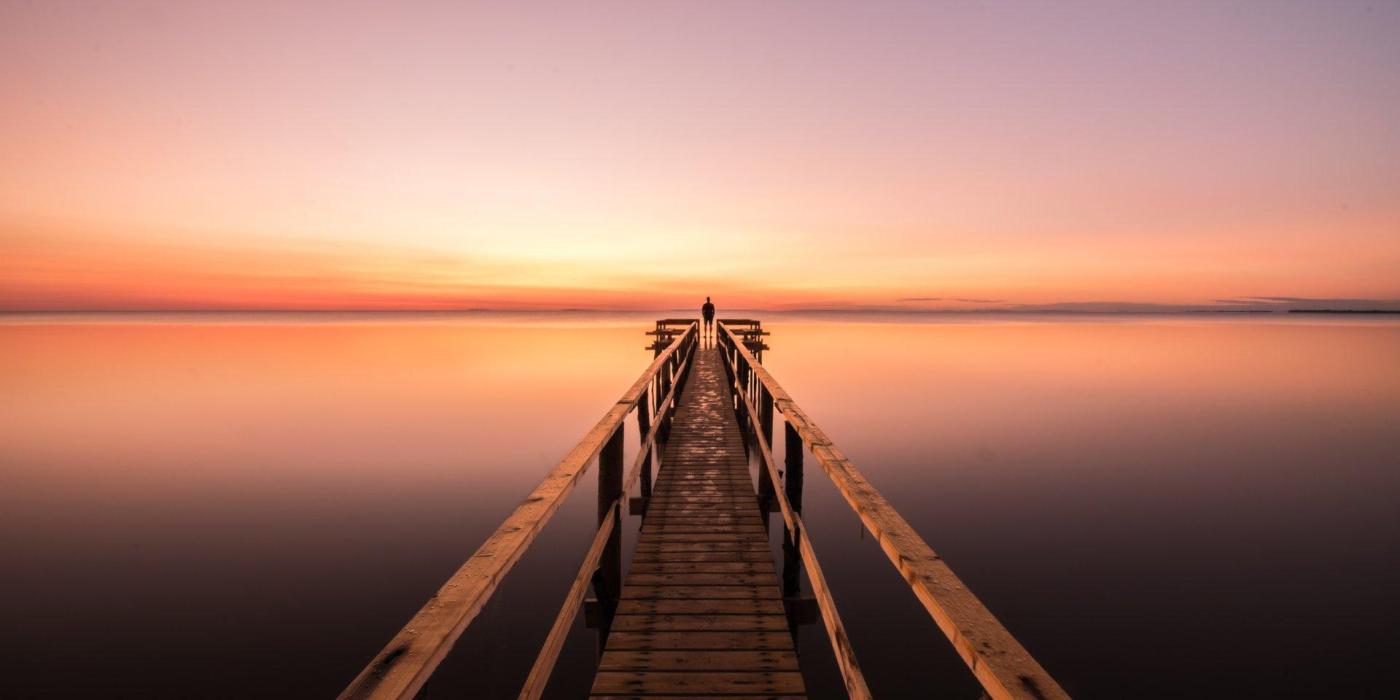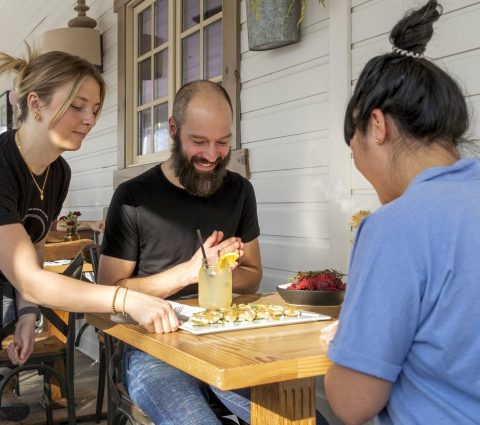- Things To Do
- Events
- Food & Drink
-
Places To Go
- Winnipeg
- Churchill
- Eastern Region
- Central Region
- Interlake Region
- Parkland Region
- Western Region
- Manitoba North
- Must-See Destinations
-
Itineraries
- Island Getaway on the Prairies
- Wheat City Wanderings in Brandon
- Escape to the water and the wild
- St. Boniface Winter: Passion and History
- Follow the path to a story in Neepawa
- Unleash your inner Viking this winter
- Explore Clear Lake this winter like never before
- Breathe in the Whiteshell this winter
- Go North for a boreal forest escape
- Treaty Areas
- Where To Stay
- Trip Essentials
- #ExploreMB Blog
Navigation Options
- FREN
- Things To Do
- Events
- Food & Drink
-
Places To Go
- Winnipeg
- Churchill
- Eastern Region
- Central Region
- Interlake Region
- Parkland Region
- Western Region
- Manitoba North
- Must-See Destinations
-
Itineraries
- Island Getaway on the Prairies
- Wheat City Wanderings in Brandon
- Escape to the water and the wild
- St. Boniface Winter: Passion and History
- Follow the path to a story in Neepawa
- Unleash your inner Viking this winter
- Explore Clear Lake this winter like never before
- Breathe in the Whiteshell this winter
- Go North for a boreal forest escape
- Treaty Areas
- Where To Stay
- Trip Essentials
- #ExploreMB Blog
10 reasons Manitoba is one of the best regions in the world
Posted November 14, 2018 | Author Reba Lewis
Manitoba can sometimes be taken for granted, even overlooked. But for those who have chosen to give the prairie province a chance, they have discovered why Manitoban pride abounds and what makes this place so special.

Cody Fjeldsted
Header photo: Cody Fjeldsted
With Manitoba named one of Lonely Planet’s Best in Travel for 2019, you owe it to yourself and your sense of adventure to discover what all the fuss is about and now is as good a time as any. Here are 10 reasons why we’re one of the best regions in the world.
Churchill
Safaris aren’t only meant to be had on the plains of Africa. Good news is, you don’t even have to leave Manitoba to experience one. Head north and the wonders of Churchill will not only take you by surprise, they will sweep you off your feet. Nary a visitor has experienced what Churchill has to offer and returned without a profound sense of amazement. The town’s opportunities for wildlife viewing range from the most adorable of creatures like arctic hares and foxes, to the playful belugas that traverse Hudson’s Bay during the summertime, to the majestic polar bears that wait expectantly for the winter freeze. Churchill is also known for its wild displays of northern lights and happens to be one of the three top places in the world to experience the grand spectacle on average 300 nights a year. And with the train now set to make its return to the town, planning a trip to Churchill will now be easier than ever.
Winnipeg
The city of Winnipeg has a rich and fascinating history. Its central location once made it the hub of industry and earned it the title of the “Chicago of the North”. Winnipeg has seen many shifts over the years. In 2017, Winnipeg officially became known as a winter city. It boasts one of the world’s biggest and best outdoor skating trails, dotted with colourful designer warming huts, and is, indeed, one of the best places to experience winter. Events like Festival du Voyageur brings visitors out even on the nippiest of days, and The Forks, as fun as it is historical, is a hub of activity not only during winter, but all year round. Local artisans inspire unique shopping experiences with artsy, boutique-style shops that bring new life to the old-world charm of The Exchange District. Spas like Thermëa, Riverstone and Ten Spa each offer their own brand of unique and relaxing experiences. For those not yet able to make the journey North, Assiniboine Park Zoo offers its own journey to Churchill in the heart of the city to whet the appetite and leave you wanting more.
Wilderness and outdoor adventures
For those wishing to escape the bright lights, far-flung adventures await you beyond the city’s boundaries. There’s no shortage of places to experience nature at its finest in Manitoba. For those who enjoy the roughing-it style of adventure, Nopiming Provincial Park is a good place to start and is fittingly known as the “entrance to the wilderness” in Anishinabe with wide expanses of water and boreal forests for as far as the eyes can see. For those who’d prefer a gentler introduction to the outdoors, Riding Mountain National Park offers the glamping-style experience with hikes and trails that are as easy or as challenging as your stamina would allow. Thompson’s Paint Lake Provincial Heritage Park is so serene and breathtaking that you may find yourself thinking about moving there, and with Pisew and Kwasitchewan falls in the vicinity, you’re never too far away from a good hike. The pristine waters of Clearwater Lake Provincial Park occupy almost half of the park and are fed by a spring, while the dessert-like appeal of Spruce Woods Provincial Park’s sand dunes offer stunning, panoramic views.
Indigenous culture
Indigenous culture has been integral to the Manitoban way of life for centuries and a deeper understanding of and appreciation for its impact has made it of even greater significance. Lower Fort Garry offers visitors an immersive experience that takes them back in time to circa the 1850s when fur trading was king in Manitoba. The petroforms of the Whiteshell at Bannock Point and Tie Creek are sacred spaces to Indigenous peoples. These stones, which depict animal and human forms are some 2,000 years old, and were laid as acts of worship. The Mikinak-Keya Spirit Tour at the Canadian Museum for Human Rights not only ties the building’s design in to its seven sacred teachings, but also connects its oral traditions to the present-day topic of human rights. The Brokenhead Wetland Interpretive Trail (Anikanotabijigade) lets you embrace nature while learning about some of the traditional Indigenous medicinal plants. The Manito Ahbee Festival brings the city and surrounding areas to life with celebrations and spell-binding pow wows in a place known as the Creator’s seat.
Arts scene
Manitoba boasts a robust arts scene that appeals to people from all walks of life. No matter your preference, be it for a casual stroll through the Manitoba Museum’s galleries, or sitting at the edge of your seat during a riveting Royal MTC play, or the gravity-defying moves of an RWB ballerina, there’s no lack of opportunities to engage the senses. Manitoba can also lay claim to one of the most expansive Inuit art collections in North America at the Winnipeg Art Gallery. Kids aren’t left out of the cultural mix either with the Children’s Museum and the MTYP catering to their imaginations.
Culinary Fare
You don’t have to be a foodie to appreciate a culinary masterpiece when it comes your way, but it sure doesn’t hurt. Manitoba is not only full of designer restaurants and eateries, we also have some of the best chefs in Canada, and dare we say in the world? From pop-up restaurants on ice, to the Wheat City’s fire-station-turned Prairie Firehouse gastro pub and dining sensation in Brandon. Then there’s the rustic charm that Lazy Bear Café so warmly offers, not to mention, its menu of local, wild ingredients. Segovia’s never-ending tapas are all the rage, while Lakehouse Lounge offers exceptional food and great service all year round. Newer kids on the block like Clementine, Passero and The Red Ember will take your food experience up a notch, while staples such as Cibo, Marion Street Eatery and Feast Café Bistro always serve up meals that keep diners coming back for more. Of course there are many more great places that I could mention, but with over 1,000 restaurants and new food experiences popping up all the time, you could imagine how challenging that would be.
Icelandic and Ukrainian cultures
If you can’t make it to Iceland for a taste of Icelandic culture, then Gimli and Hecla are your next best stops for a sampling. And how could we forget about Ukrainian culture that proudly displays itself in the Manitoban way of life. Icelanders made their way to Manitoba in the late 1800s, settling in the Interlake region, while Ukrainians came in waves during the 1800s and 1900s. Each group holds dear its traditions with the Icelandic and Gimli Ice festivals, where the Vikings boldly display their talents at live combat. The National Ukrainian Festival in Dauphin features lively song, dance and fancy footwork that will make even the person with two left feet want to do a jig. And the stories held within the walls of the New Iceland Heritage Museum and the Ukrainian Cultural and Educational Centre each offer insights into these cultures that make the experience all the more meaningful.
Architecture
Buildings often come with compelling historical accounts, and some of Manitoba’s best-known structures are no different. Take the St. Boniface Cathedral, for example, which was destroyed by fire in 1968, leaving only a façade as testament to its original grandeur. Or Église du Précieux Sang, which took two years to build and was designed by Étienne-Joseph Gaboury, known as one of Canada’s most creative architects. And there’s simply no broaching of the subject of creativity in architecture without mention of the oeuvres of Antoine Predock and the Canadian Museum for Human Rights, or Frank Worthington Simon, the great mind behind the Manitoba Legislative Building. While Predock’s vision led to an enlightening, symbolic journey from the depths of darkness into the hopefulness that only light can bring, Simon’s goal, while all about enlightenment, came in the form of a building shrouded in mystery and concealed with codes that only took a mere 100 years or so to be uncovered, thanks to the curious mind of one architectural historian.
Fishing
If you missed the memo on just how great Manitoba is for fishing, with over 80 species, and some of the best memories to be made, then you could possibly be living under a rock. That’s OK, we won’t hold it against you. Manitobans happen to love fishing. Some fish in high waters, some fish in open waters, others sit stubbornly in below-40 temperatures jigging their baits in hard waters. Some stay close to home along the Red waiting for their next big weekend cat, while others make a destination of their hobby, venturing out to remote fishing lodges in search of giant pike to fulfil those trophy dreams. Wherever you fall on the die-hard spectrum, there’s an avid Manitoban angler who will eagerly usher you in to his/her world with open arms and fish tales to match, which could either be very true or wildly exaggerated. Either way, you’d be in for a treat.
Small-town charm
The bright lights of Winnipeg have an appeal all their own, but sometimes the quaintness of a small town with its rolling hills, adorable boutiques, and the warm, friendly locals make all the difference when you’re encountering a new destination. Enter Manitoba with so many small towns to choose from that you could easily close your eyes and just pick one. What’s even nicer about all of these small towns is that they all have their own unique claim to Manitoban fame. Arborg is known for its large curling rock, which also happens to be the largest in the world, while Altona proudly holds the moniker of the Sunflower Capital of Canada. The International Peace Gardens of Boissevain are as beautiful as they are serene, while Hartney, Stonewall and Beausejour were just too cute for the movie masters to pass up filming some of Hollywood’s blockbusters.

